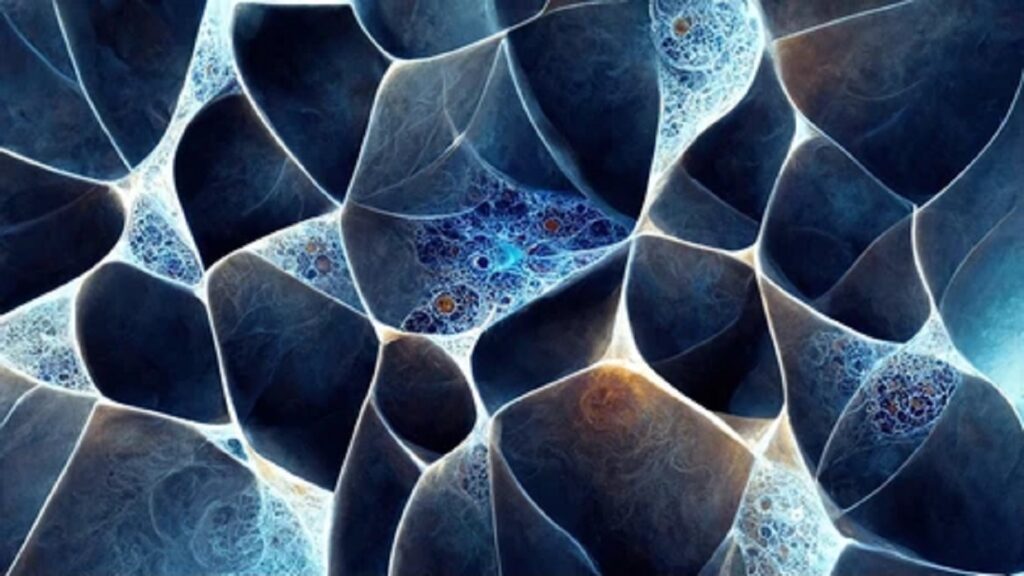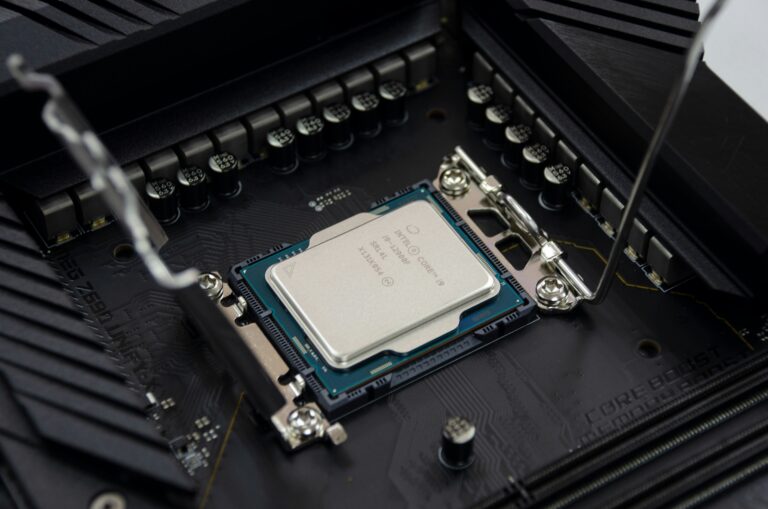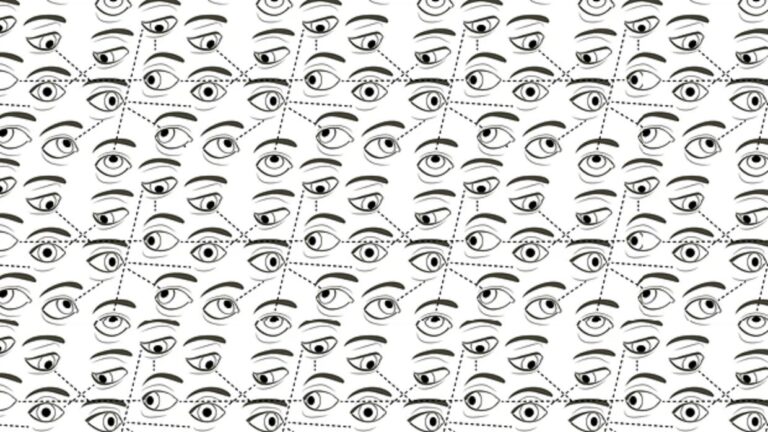Using fractal curves in machine learning.

Eye tracking has been traditionally integrated into machine learning models by leveraging the rich data captured from eye movements. Through supervised learning, eye tracking data can be used as input features to train models that predict various aspects of human behavior or intentions. For example, in the context of human-computer interaction, eye tracking data can be utilized to develop models that recognize visual attention, predict user preferences, or enable gaze-based interaction. By collecting labeled eye tracking data and combining it with other relevant features, machine learning algorithms can learn patterns and relationships to make accurate predictions. These models can then be deployed in real-time applications, such as gaze-based control systems, user interface optimization, or even assistive technologies for individuals with disabilities. Incorporating eye tracking into machine learning opens up new possibilities for intuitive and context-aware systems that can understand and respond to human visual behavior more effectively.
What are fractal curves?
Fractal curves are mathematical constructs that exhibit self-similarity at different scales. They are characterized by intricate, detailed patterns that repeat themselves when zoomed in or out. Unlike traditional geometric shapes, fractal curves possess a fractional or infinite dimension, which means their complexity increases as the scale decreases. Fractal curves can be generated through recursive processes, where a simple geometric shape is iteratively transformed and repeated. Famous examples of fractal curves include the Koch curve, Sierpinski triangle, and the Dragon curve. Fractal curves have applications in various fields, including computer graphics, digital imaging, terrain modeling, data compression, and even in understanding natural phenomena like coastlines, cloud formations, and branching structures in plants. Their fascinating complexity and aesthetic appeal make fractal curves a captivating subject of study in mathematics and computer science.
Abstract
Eye gaze tracking has traditionally employed a camera to capture a participant’s eye movements and characterise their visual fixations. However, gaze pattern recognition is still challenging. This is due to both gaze point sparsity, and a seemingly random approach participants take to viewing unfamiliar stimuli without a set task.
Our paper proposes a method for integrating eye gaze into machine learning by converting a fixation’s two dimensional (x, y) coordinate into a one dimensional Hilbert curve distance metric, making it well suited for implementation into machine learning. We will compare this approach to a traditional grid-based string substitution technique, with an example implementation demonstrated in a Support Vector Machine and Convolutional Neural Network. Finally, a comparison will be made to examine what method performs better.
Results have shown that this method can be both useful to dynamically quantise scanpaths for tuning statistical significance in large datasets, and to investigate the nuances of similarity found in shared bottom-up processing when participants observe unfamiliar stimuli in a free viewing experiment. Real world applications can include expertise-related eye gaze prediction, medical screening, and image saliency identification.
To view a published paper on this topic, please see:
Newport RA, Liu S, Di Ieva A. Integrating eye gaze into machine learning using fractal curves.In: NeuRIPS 2022 Workshop on Gaze Meets ML. ; 2022. https://openreview.net/forum?id=-tFBD0sLQJL


